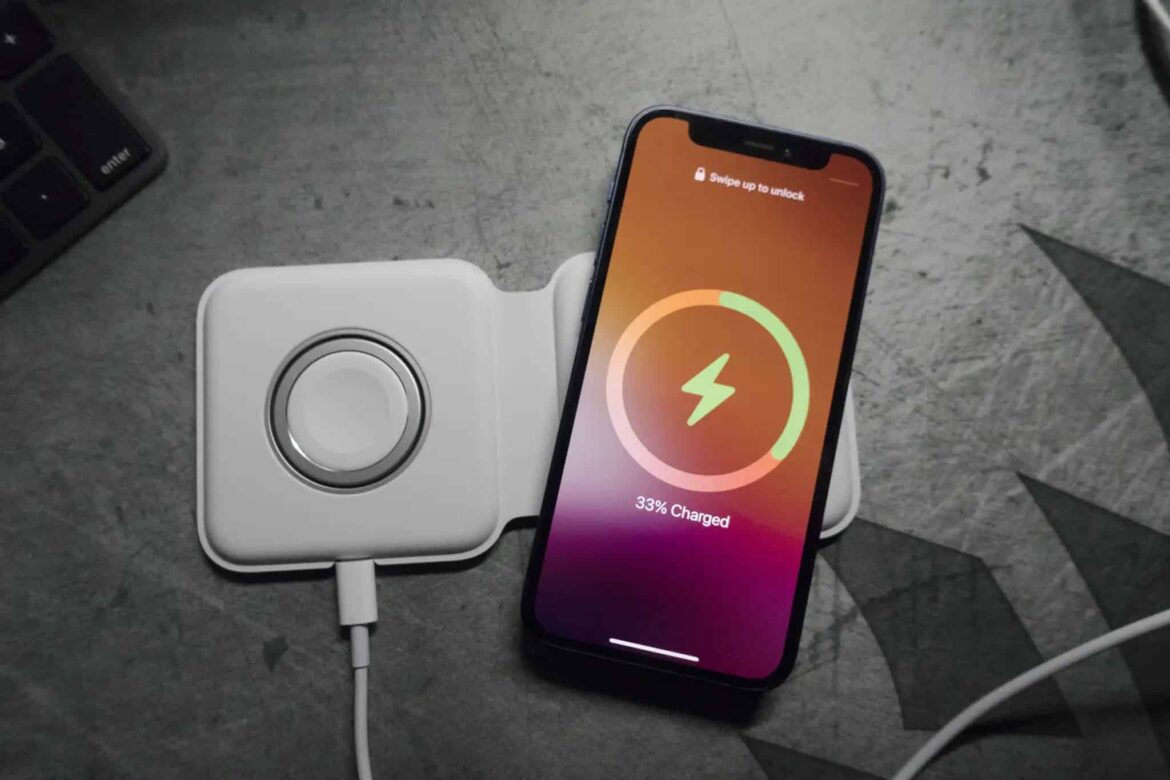682
MagSafe is an innovative technology from Apple that makes it easier to charge and attach accessories. It works with the help of magnets
What is MagSafe? – How Apple’s charging and fastening system works
MagSafe is a proprietary magnetic connection system that was first introduced for MacBooks in 2006.
- Magnetic connector: MagSafe uses strong magnets to securely attach the charger to the device. This reduces the risk of the cable being unintentionally pulled out.
- Safety function: Thanks to the magnetic connection, the cable detaches in the event of a strong pull, preventing accidents and damage to the device.
- Revival for iPhones: Since 2020, Apple has also been using MagSafe for iPhones to facilitate wireless charging and accessory attachment.
These are the advantages of MagSafe
MagSafe technology offers numerous advantages that make it attractive to many users.
- Easy docking: The magnetic connection makes it easy to attach the charger or accessory without the need for precise alignment.
- Faster charging: MagSafe enables faster wireless charging compared to conventional Qi chargers.
- Versatility: With MagSafe, various accessories such as wallets, cases and stands can be securely attached to the iPhone.
- Expandability: MagSafe opens up a new world of accessories that have been specially developed for this technology, expanding the iPhone’s range of functions.
MagSafe accessories
Apple and third-party suppliers offer a wide range of MagSafe accessories to make everyday life easier.
- Chargers: MagSafe chargers provide efficient and fast wireless charging for iPhones and other compatible devices.
- Cases and wallets: Special cases and wallets with MagSafe provide additional protection and convenience by sticking securely to the iPhone.
- Stands and holders: MagSafe mounts allow flexible positioning of the iPhone on desks or in the car.
- Battery packs: MagSafe battery packs provide extra power on the go without the need for cables.
